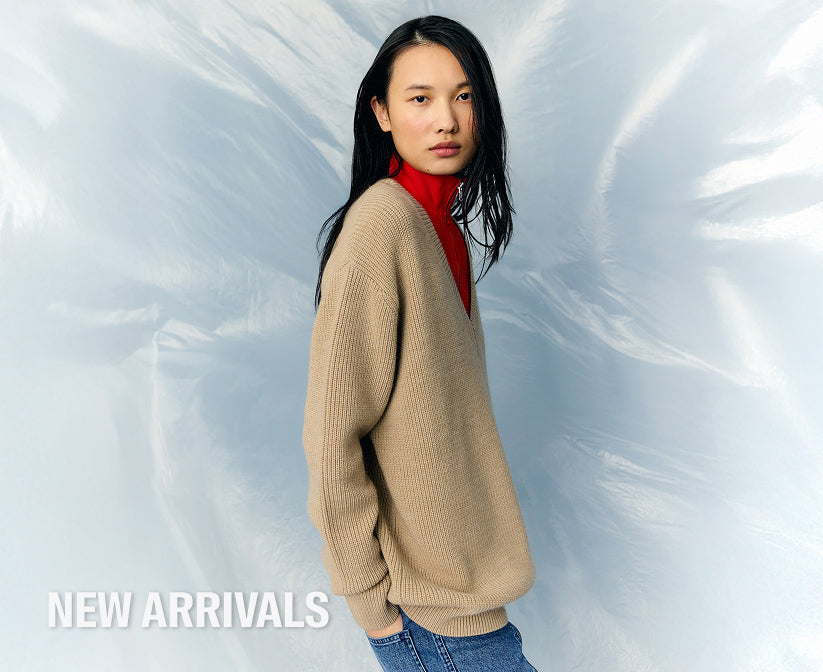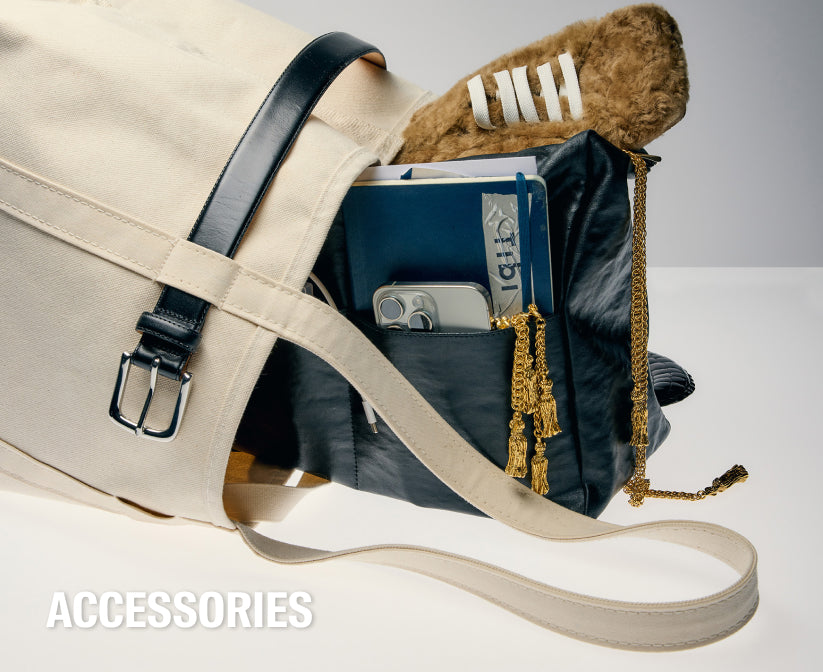I find people often exist in two closet “camps.” The first is mired in a never ending cycle of black and white. Somehow you convinced yourself that all black was the quickest way to look sophisticated and that paired with white, it’s a solid uniform. I waitressed a long time, I can attest that it is - but I don’t think that’s what you’re going for here. The second closet is weighted down by a plethora of colors - often bought in an attempt to course correct the ills of the aforementioned all black and white closet. It’s unhelpful to describe either of these closets as “a hot mess.” Rather than call names, I’m going to explain why they are non functioning and by that, you’ll begin to surmise on your own how to fix this stylistically unfortunate and ultimately very costly and ongoing mishap.
Remember, if a person’s life is the sum of all their actions, then your personal style may be a sum of all your outfits. And since personal style is our only visual form of communication, it’s really important to me that this all adds up correctly.
No matter which closet camp you find yourself in, the outcome has been the same:
“I feel very basic and uninspired in my clothing. If I try to insert color, I feel exactly the same as before: basic, but now with color.”
So, let’s look at Exhibit A:
You have a good black suit. Proportions are strong. Anyone should have this in their closet. But if you’ve always paired it with white, or a bit of gray, then you feel stuck. Now, if you’ve bought the proverbial bright colored shirts to “lift” your wardrobe, maybe long sleeve cotton tees or silk blouses, you see you have created more outfits. But not more vibes. And an outfit that gives exactly the same vibe will make you feel exactly the same every day. It’s not that one of these outfits with the bright top is “basic” per say, it's the repetition of the same “vibe” that makes you feel basic. See?




